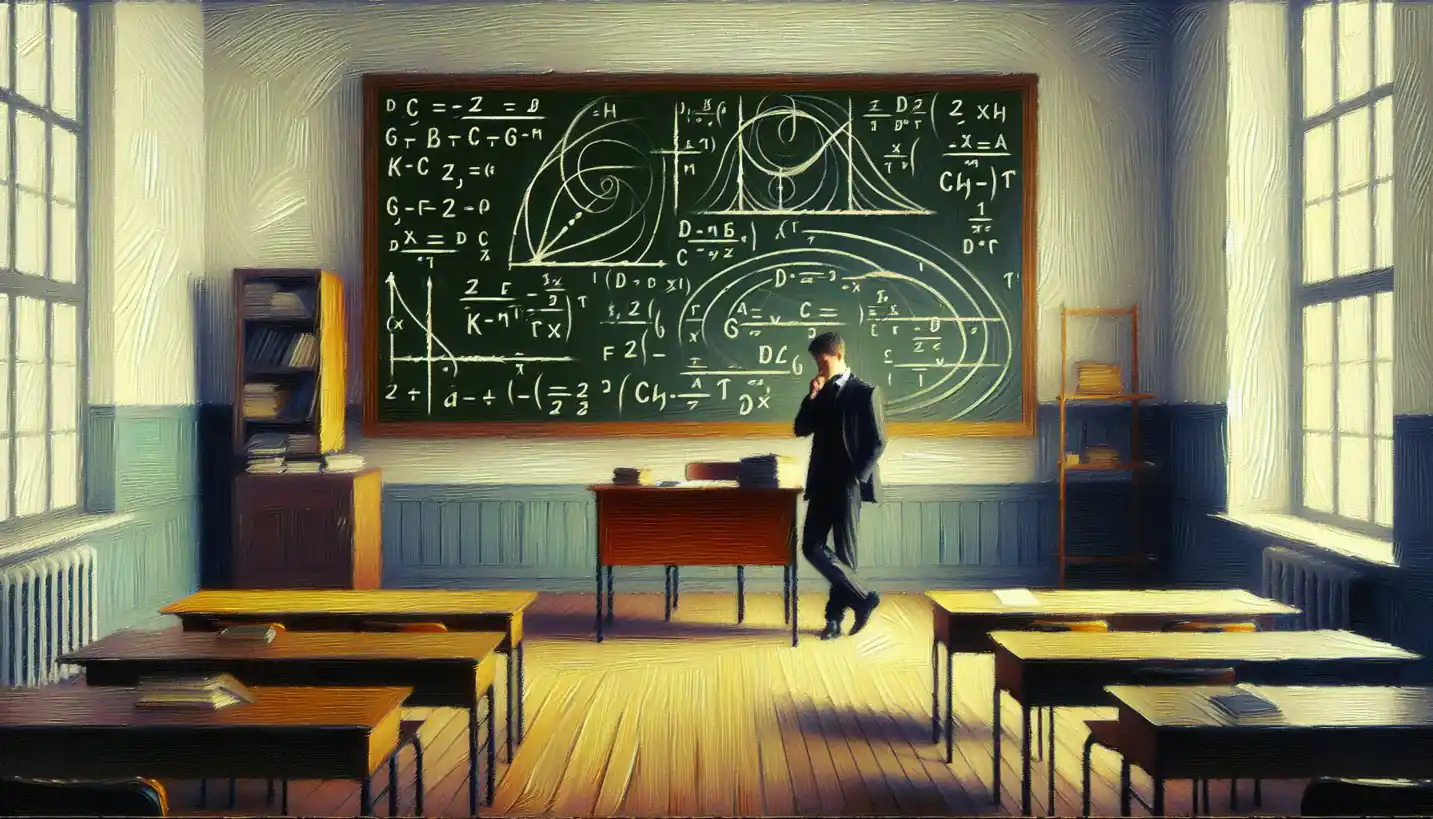· Physics · 4 min read
Second Law of Thermodynamics: Understanding the Arrow of Time
The second law of thermodynamics explains why time flows in one direction, illuminating future predictions.

Ever wondered why your coffee cools down if you leave it on the table but never heats up by itself? This everyday observation is a glimpse into one of the fundamental principles of our universe - the second law of thermodynamics. This law is like a guiding thread that helps us understand how energy flows and why things always seem to get messier over time.
As you sip your drink, imagine a grand cosmic rule that’s at play all the time, not just with your coffee but everywhere in nature. This rule revolves around something called “entropy,” a concept central to the second law of thermodynamics. Entropy is often described as a measure of disorder or randomness. When you think of entropy, picture an untidy room that somehow never seems to organize itself spontaneously.
The Basics of the Second Law
At its core, the second law of thermodynamics tells us that in any closed system—meaning no energy or matter gets in or out—entropy never decreases. It either increases or stays the same. This principle explains why certain processes, like melting ice or spreading dye in water, happen naturally, while the reverse does not.
Take for instance, a melting ice cube on a warm day. The ice cube absorbs heat, its molecules start moving faster, and its structure breaks down from organized solid form to a more disordered liquid. The direction of this process—solid to liquid—is towards an increase in entropy or disorder.
Entropy and the Arrow of Time
The idea of entropy gives us a fascinating perspective on time. Unlike physical laws that treat time as reversible, the tendency for entropy to increase gives us a “direction” or “arrow” of time. It’s why we remember the past but not the future. In this way, entropy acts like a cosmic clock hand, always moving forward, dictating the flow of time.
Think about a burning log. The wood transforms into ash, heat, and smoke—each step increasing the disorder. This transition is perfectly natural and spontaneous. However, watching the process backward—a pile of ashes turning back into a log—never happens in reality. The second law thus tells us why we experience time as moving from the past to the future.
Why is Entropy Important?
Now, why should we care about the concept of entropy? For starters, it’s important in fields like information theory, where entropy helps measure uncertainty or information content. In biology, life is about building structure and order. Living organisms constantly work to maintain and reduce entropy internally, even as the universe trends toward disorder.
Entropy also plays a huge role in engineering and technology. It tells us how efficiently we can convert one form of energy to another. Think of a car engine. Even the best engines waste some energy as heat due to increasing entropy. Engineers strive to design systems that minimize this waste, but the second law sets a fundamental limit on efficiency.
Real-Life Examples
Let’s consider some real-life situations where you can witness the second law of thermodynamics at work. When you open a bottle of perfume, the scent molecules disperse throughout the room, spreading from a concentrated state (low entropy) to a more diffused state (high entropy).
Or think about our planet. Earth receives energy from the sun, uses it to power life and weather, and emits energy back into space. This energy flow is an essential part of maintaining life while entropy continues to increase in the universe.
Entropy and Energy Use
The second law also paints a picture of the limits of energy use and resource sustainability. It tells us why perpetual motion machines—devices that run forever without any input of energy—are impossible. Every time energy transforms, some of it becomes less useful, typically as heat. This intrinsic inefficiency reminds us of the importance of sustainable energy practices and technologies.
Open Questions and Future Directions
The second law of thermodynamics continues to inspire scientific inquiry. Researchers explore how it applies in areas like quantum mechanics, cosmology, and even computing. For instance, can we harness the concept of entropy for more efficient data processing? How does this law relate to dark energy and the fate of the universe?
The Important Role of the Second Law
Understanding the second law of thermodynamics gives us a perspective on both the microscopic and macroscopic workings of the universe. It’s a reminder of the inherent directionality of many natural processes and why maintaining order is an ongoing battle against inevitable disorder.
This principle will continue to be a cornerstone of scientific exploration, offering insights and prompting intriguing questions about the world around us. The second law isn’t just a dry scientific fact; it’s a lens through which we can view the underpinnings of reality and the inexorable march of time.



